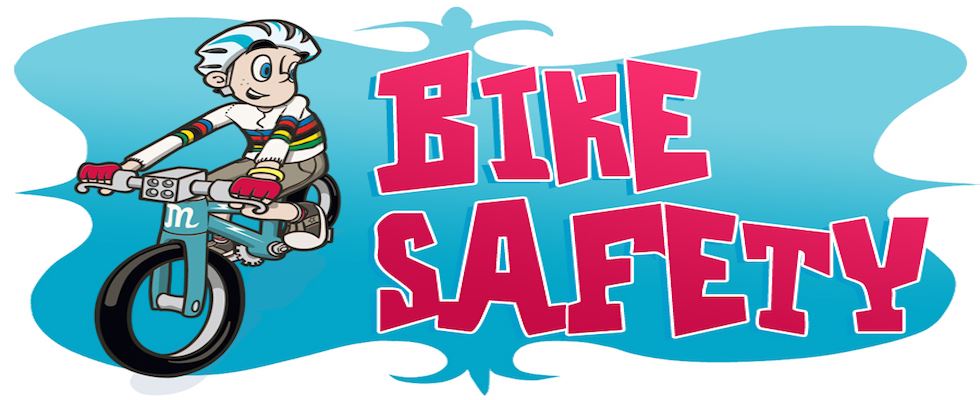One of the most important days of my life
was when I learned to ride a bicycle.
~ Michael Palin
, Monty Python Member
Robert Neff took exception to last month’s Safety Tip about making eye contact, saying “If a driver looks in your direction, there is no guarantee that you have been seen. Humans tend to only see what they are looking for (not bicyclists), but they also see things that are unusual, especially bright colors and motion.” While I stand by my column, Robert makes an excellent point on the value of drawing driver’s attention. He has some great advice, so let me just quote him.
“Positioning: If I am riding in traffic with no shoulder or bike lane, I ride in the middle of the lane. When there is a parked car blocking the bike lane, I move to the middle of the open lane at least 50 yards ahead of the blocker, when it is safe. Bright clothing: I am glad that our unofficial club uniform is high-visibility cycling jackets! Throw out your black jerseys and windbreakers. Motion: Wear bright socks, or bright reflective bands on your ankles, put reflective tape on your shoes, and reflective tape on your crank arms, because if something bright is moving up and down, humans are tuned to notice it. Finally, use lights, nighttime and daytime. Many of us now have blinkies on our bikes going day and night. The blinking gets more attention.
“In the winter I go much further. You can get Monkeylectric wheel lights, wear a reflective safety vest, mount battery powered holiday lights to your bike with zip ties, or even wear them. I find that everyone (drivers, pedestrians, other cyclists) likes the Christmas lights. The first time I went to the holiday party I thought the ride was going to be about OUR lit up bicycles. The advantage of lights instead of reflectors is that you do not need to be illuminated by someone else's headlights to be visible.
“Finally, I like having a white safety light (not TOO bright) on my helmet, so I can aim it at automobiles that might cross my path. I use that starting at dusk. It is effective at changing the behaviour of motorists who might not see me otherwise and it is also handy for seeing pedestrians on dark paths.
“A last comment - watch the calendar. The day after the end of Daylight Savings Time, it is dark one hour earlier, and you may discover that motorists who saw you at 5:30 the week before won't see you at all. Shine a light on them! Or ring a bell, or just yell. My default exclamation is a strong Yo (one benefit of an East Coast education).
“Let's be safe on our wonderful roads.”
Thanks, Robert, for your good advice and for writing my safety tip this month.



